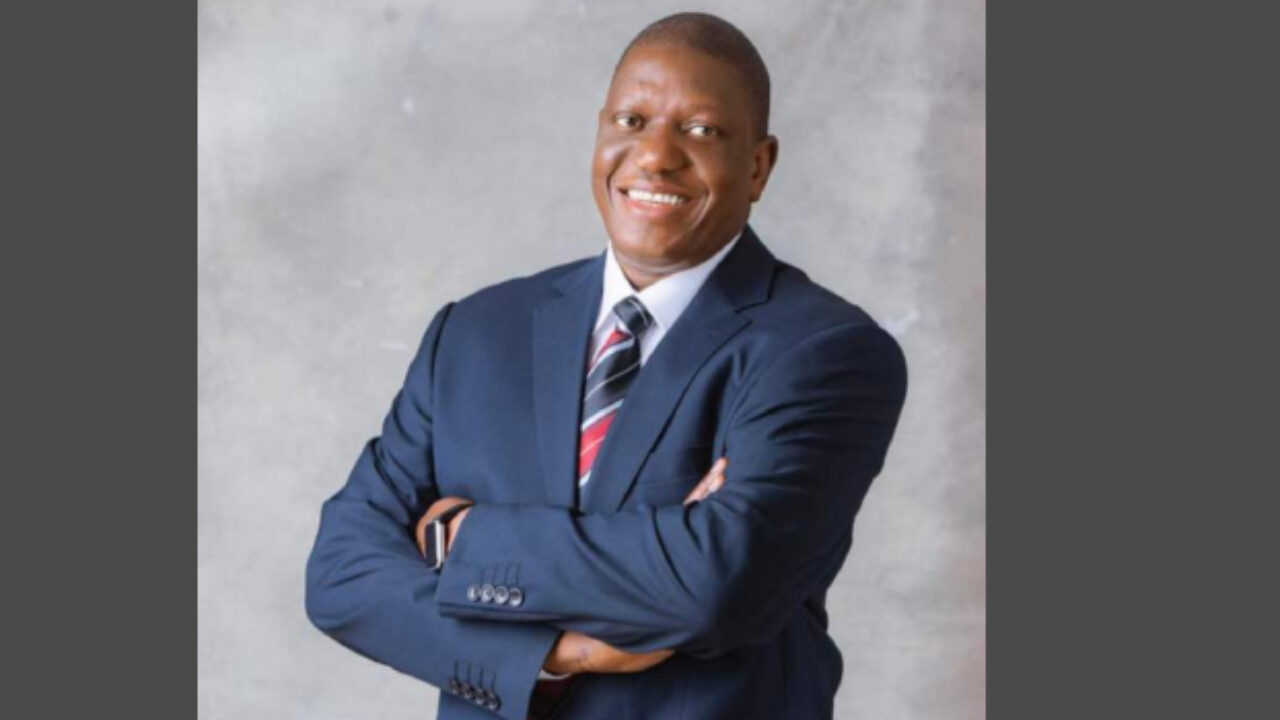As the 2024 election cycle fades into memory, special elections across the U.S. are offering early clues about the political landscape heading into the 2026 midterms. These contests, often overlooked, provide a snapshot of voter sentiment and party strategies. Here’s a breakdown of recent developments and what they signal for the future.
Arizona’s 7th Congressional District
Following the passing of Rep. Raúl Grijalva in March, Arizona’s deep-blue 7th district held a Democratic primary on July 29 to select a nominee for the September 23 special election. The district, spanning parts of Phoenix, Tucson, and the Mexican border, saw a competitive race. The winner, a progressive local official, is heavily favored to secure the seat, reinforcing Democratic dominance in the area. However, turnout was notably low, suggesting voter fatigue following the 2024 election.
New York City Primaries
New York City’s primaries on June 24 marked a pivotal moment for local governance. Voters selected nominees for mayor and city council, with progressive candidates gaining traction in Brooklyn and Queens. The Buffalo mayoral primary, held concurrently, saw an upset as a community organiser defeated the establishment-backed incumbent. These results suggest a growing appetite for grassroots candidates, potentially reshaping Democratic priorities in urban strongholds.
Wisconsin Gubernatorial Race
Governor Tony Evers’ announcement on July 24 that he will not seek reelection in 2026 has set off a scramble in Wisconsin. The swing state, critical in recent presidential elections, is now poised for a contentious Democratic primary. Republicans, holding a 27-23 edge in governorships nationwide, see an opportunity to flip the seat. Evers’s exit underscores the impact of retirements on competitive races, with 17 other governors facing term limits in 2026.
Broader Implications
- Voter Turnout: Special elections are showing mixed turnout. While urban areas like New York saw moderate engagement, rural districts struggled to mobilise voters, a trend that could persist into 2026.
- Party Dynamics: Democrats are grappling with internal divides between moderates and progressives, evident in New York and Arizona. Republicans, buoyed by their 2024 presidential win, are focusing on swing states like Wisconsin but face challenges in replacing retiring incumbents.
- Electoral Map: The 2024 presidential election, where Donald Trump secured 312 electoral votes to Kamala Harris’s 226, highlighted the importance of swing states. Special elections in these regions will serve as bellwethers for 2026.
Looking Ahead
With three congressional vacancies and more expected, including Rep. Mark Green’s resignation in Tennessee, special elections will continue to shape the House balance. The Supreme Court’s recent pause on a Voting Rights Act ruling adds uncertainty to redistricting efforts in several states, potentially affecting 2026 outcomes.
Stay tuned to ElectionEye for real-time updates and in-depth analysis as we track the road to the midterms.





